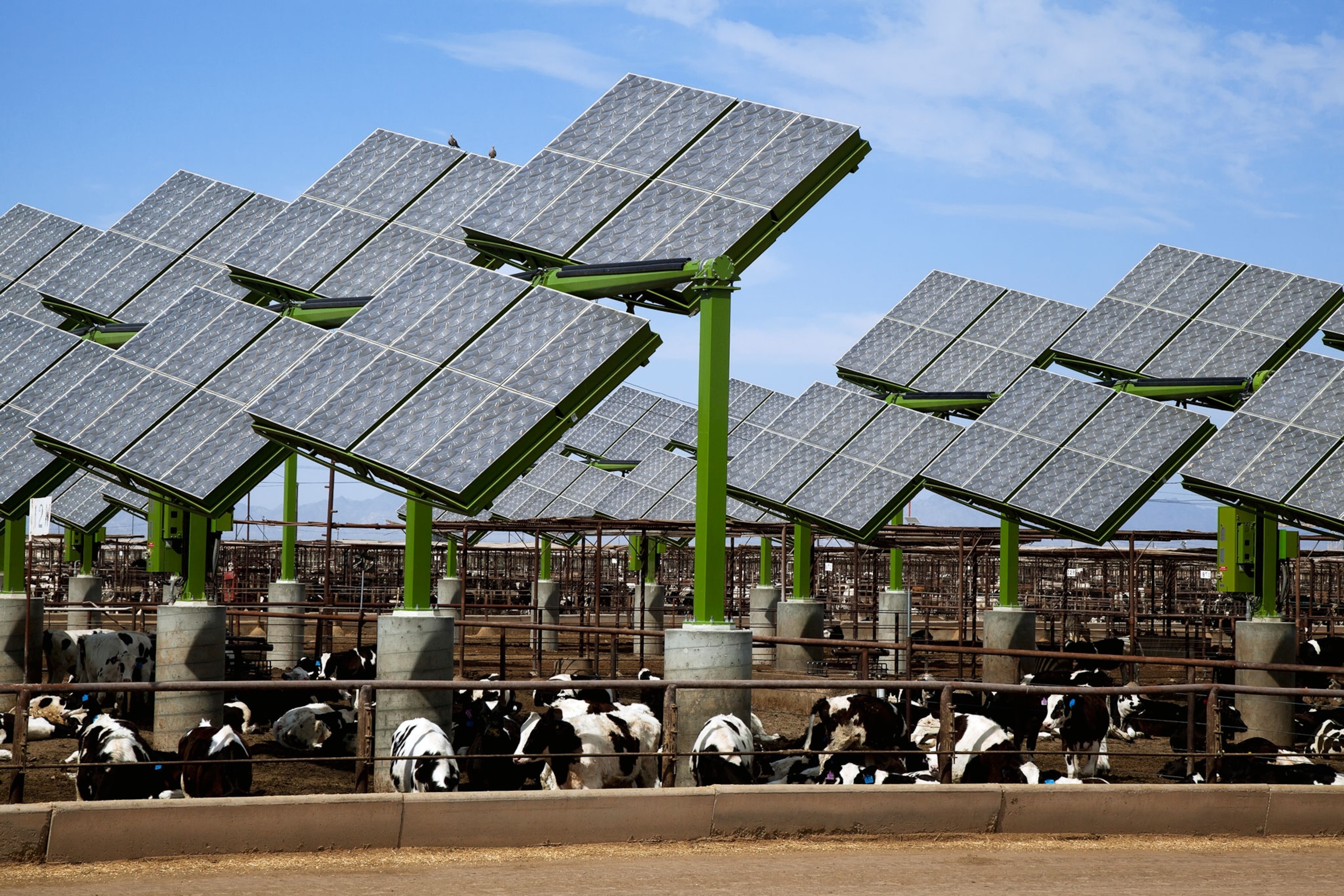
Half of U.S. Spending Power Behind Paris Climate Agreement
A growing coalition of states, cities, and organizations is pushing ahead to meet emissions reductions targets, even as the Trump administration walks away from global warming efforts.
A total of 20 U.S. states, 110 U.S. cities, and more than 1,400 businesses have pledged to cut their fossil-fuel emissions to ensure the U.S. meets its commitment under the Paris Climate Agreement—even if the Trump administration acts on its intention to pull the U.S. out.
“The group of American cities, states, and businesses who remain committed to the Paris Agreement represents a bigger economy than any nation outside the U.S. and China,” former mayor of New York City Michael Bloomberg said in Bonn, Germany, at this week’s UN climate negotiations (known as COP 23).
However, on Monday in Bonn, the U.S. federal government presented a different perspective at the single official event it held at the international conference. There, David Banks—Donald Trumpʼs special adviser on energy and environment—said increased coal, gas, and oil use was a “global reality,” according to the International Energy Agency (IEA). Banks went on to say the U.S. wants to help poor countries obtain more efficient coal and natural gas energy, and he warned other countries not to try and block those efforts.
In response, Bloomberg said in a statement, “Promoting coal at a climate summit is like promoting tobacco at a cancer summit. It's also a denial of what's happening in the U.S.—half of all American coal plants have been retired over the past six years.”
Climate science is quite clear that global CO2 emissions have to be near zero by 2050 to keep the temperature rise below 2C. And for industrialized countries like Europe, the U.S., and Canada, this means there is “no role for bringing additional fossil-fuel reserves, including gas, into production,” concluded a new analysis by researchers at the Tyndall Centre for Climate Change Research in the U.K.
Meanwhile, in London the IEA released its latest World Energy Outlook on Tuesday. The energy agency agreed coal use will decline but forecast the U.S. will soon be the undisputed world leader in oil and gas production, with dramatic gains by the 2020s. IEA energy forecasts are widely relied on by governments, industry, and the financial sector. However, the organization frequently underestimates the growth of renewable energy and over-estimates growth in fossil fuels, says Adam Scott of Oil Change International, a research and advocacy organization working to raise awareness of the downsides of fossil fuels.
IEA forecasts are misleading and used to justify increased fossil fuel use, Scott said in an interview from COP 23 in Germany. “It’s almost as if the IEA is hoping we will forget about the Paris Agreement.”
Coalition Grows
America’s “We Are Still In” coalition hasn’t forgotten about Paris and wants the world to know it. They opened an impossible-to-miss, 27,000-square foot “U.S. Climate Action Pavilion” outside the main COP 23 venue in Bonn. This coalition of states, cities, universities, faith groups, and environmental activists is telling anyone who will listen that they are working to keep the Paris Agreement goals in play, including the official U.S. Paris target of a 26 to 28 percent reduction in CO2 by 2025. The America’s Pledge report released in Bonn estimated that the “We Are Still In” coalition represents more than half the U.S. economy. If it were its own country, the coalition would therefore be the world’s third-largest economy.
“While the White House declares war on climate science and retreats from the Paris Agreement, California is doing the opposite and taking action,” said California Governor Jerry Brown. It took the Golden State 40 years, starting with Governor Ronald Reagan, to become America’s leader in CO2 reductions, Brown told delegates in Bonn. “It was extremely difficult to get to this point. Our entire society relies on carbon and there are trillions of dollars involved.”
California has ambitious plans to cut its current emissions 50 percent by 2030. “There’s a lot of opposition to what we’re trying to do here,” Brown said. “I face it even in my own party. It’s going to take a lot of hard work, technical expertise, luck, and maybe a miracle or two to get there.”
Reducing CO2 emissions by improving energy efficiency and increasing renewable energy have helped Oregon achieve the fastest job growth rate in the U.S., said Oregon Governor Kate Brown. More than 57,000 clean energy jobs have been created recently in Minnesota, Stephanie Zawistowski, a senior policy advisor to Governor Mark Dayton, said. A new 50 percent renewable energy standard for 2030 has been proposed in Minnesota, as well as greening public infrastructure.
Oregon, California, and Minnesota are part of the bipartisan United States Climate Alliance, which is composed of 15 states and territories, representing 116 million Americans. All have committed to meet or beat the targets of the Paris Agreement. New York State has cut emissions from the power sector nearly 50 percent since 1990 and will stop using coal by 2020.
Cost of Inaction
Failure to act comes with huge costs “to our health, to our quality of life, and to the safety of our communities,” Washington State Governor Jay Inslee, a co-chair of the Alliance, said in Bonn.
U.S. economic losses related to climate change this year alone are estimated to top $300 billion, from the record-breaking wildfire season in the West that burned nearly 8.9 million acres to the intense hurricanes that ravaged Texas, Louisiana, Florida, Puerto Rico, and the U.S. Virgin Islands.
“Our state is taking aggressive action to reduce carbon pollution, while demonstrating that climate action and economic growth can go hand in hand—last year we led the nation in GDP growth,” said Inslee.
The Trump White House’s recent policies on climate change are not in the interests of the U.S. economy and “they will not last,” said Christiana Figueres, the former executive secretary of the U.N. Framework Convention on Climate Change. Figueres had a major role in the adoption of the Paris climate accord in 2015.
In the history of the transition to a low-carbon economy, the Trump administration’s impacts are going to be a “blip,” Figueres said in a press conference in Bonn. “Let us keep our gaze on the big picture of the transition.”
Update on November 15, 2017 at 3:40 pm ET: Wednesday in Bonn an “I am still in” petition with over 1 million signatures was presented to the UN climate Secretariat by the U.S. People’s Delegation. People who signed the document hail from all over the U.S. and say they intend to support action on climate change.




















